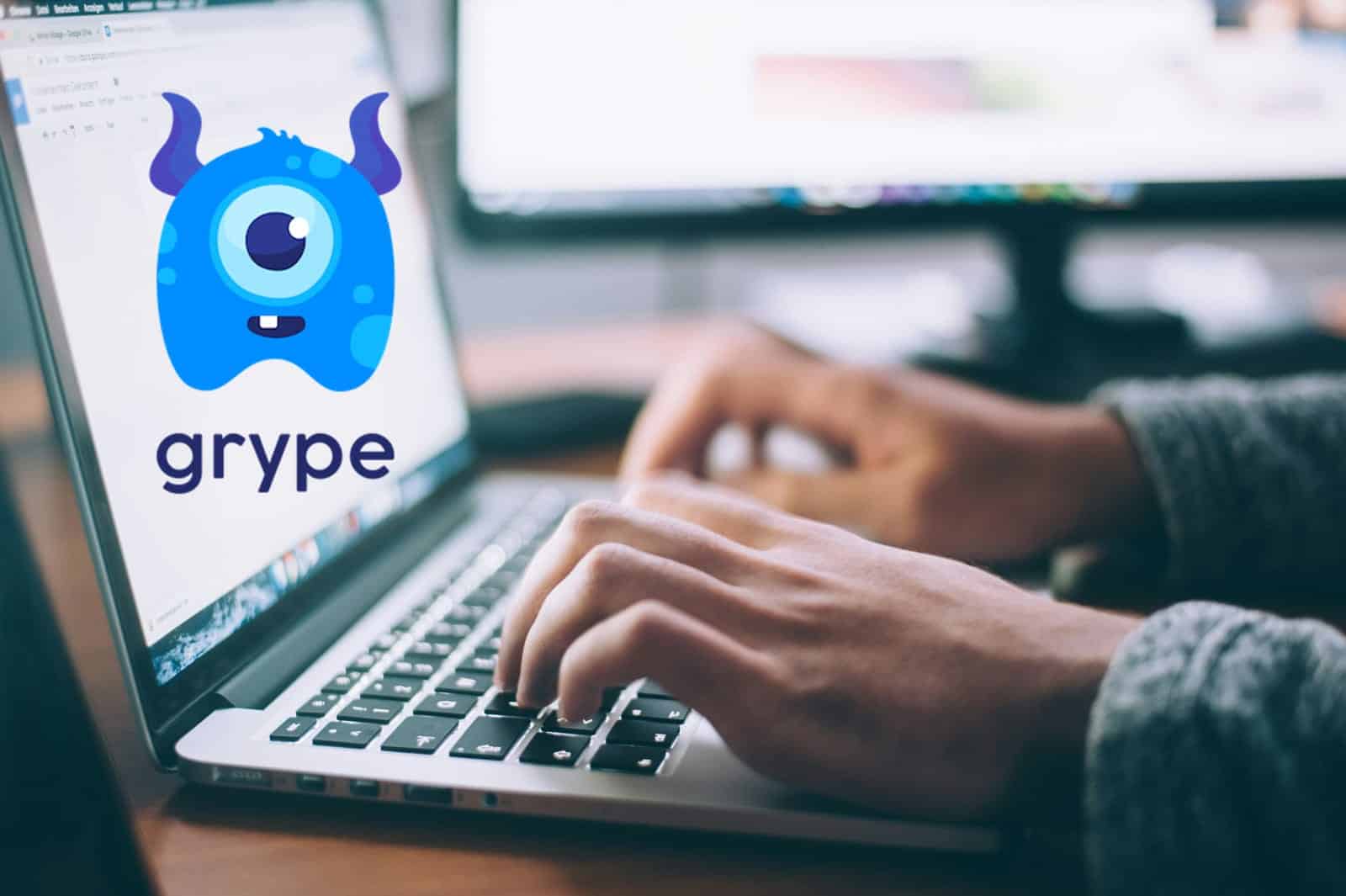Vulnerability analysis tools have become an essential component of any DevSecOps strategy. In this article, we compare Grype with other leading solutions such as Trivy, Snyk, Clair, and Docker Scout, highlighting their advantages, limitations, and ideal use cases.
In a world where applications are increasingly built from container images, scanning those images for known vulnerabilities is no longer optional but a necessity. Tools like Grype, Trivy, Snyk, Clair, and Docker Scout are part of a growing ecosystem aiming to predict security flaws before deployment. However, not all solutions offer the same features or fit the same scenarios.
Below is a comparison table focusing on key factors:
| Tool | License Type | SBOM Support | CI/CD Integration | CVEs Accuracy | Usage Models | Cost |
|---|---|---|---|---|---|---|
| Grype | Open Source (Apache-2.0) | Yes (Syft, CycloneDX, SPDX) | High (GitHub Actions, CLI, Docker) | High + EPSS + KEV | Local, container, CI | Free and unlimited |
| Trivy | Open Source (Apache-2.0) | Yes (CycloneDX, SPDX) | High (GitHub, GitLab, Jenkins) | High | Local, container, CI | Free |
| Snyk | Freemium (Proprietary) | Limited | High | Very high + contextual analysis | SaaS, CLI | Limited free / Paid from ~€59/month |
| Clair | Open Source (Apache-2.0) | Partial | Medium | High | Integrated into registries | Free |
| Docker Scout | Proprietary | Partial (Dockerfile) | High (Docker Hub, Desktop) | Medium | Native Docker integration | Free / Premium |
🛡️ Grype: Open source power with full control
Grype stands out for its privacy focus, as it doesn’t require sending data to the cloud. It operates locally with full support for SBOMs generated by Syft, enabling frequent rescans without duplicating analyses. Its combination of metrics such as CVSS, EPSS, KEV, and an internal risk score (0–100) offers superior prioritization, especially helpful for teams needing to distinguish exploitables from minor issues.
Additionally, its flexibility to work with OCI, Docker, Singularity, directories, files, and registries makes it ideal for heterogeneous environments. It is particularly attractive for regulated environments or those with data sovereignty requirements.
⚙️ Trivy: speed and versatility
Developed by Aqua Security, Trivy is another favorite open source tool. Besides scanning container images, it also reviews source code dependencies, IaC configurations, and Git repositories. While its scanning capabilities are broad, its threat prioritization accuracy may require manual adjustments.
Trivy is also fast, easy to integrate, and has a server mode. However, its SBOM management and advanced version control are less developed than in Grype.
🔐 Snyk: the king of contextual analysis… at a cost
Snyk is a commercial solution that has gained traction thanks to its contextual dependency analysis, excellent interface, and ability to suggest automated fixes. It offers in-depth real-time scans during development, but its free version is limited, and extensive use requires paid licenses, which might be a barrier for smaller or community projects.
Moreover, its SaaS model requires uploading code or images to their servers, which may not be feasible in sensitive environments or where privacy is a concern.
🧩 Clair: registry integration
Clair, developed by CoreOS and now maintained by Red Hat, was one of the first container-focused scanning tools. It functions as a backend for registries like Harbor or Quay, enabling automatic image scans. While its modular architecture is powerful, its integration and standalone use are more complex and less suited for small teams or ad-hoc integrations.
🐳 Docker Scout: native integration but limited
The newly launched Docker Scout provides vulnerability scanning directly from Docker Desktop and Docker Hub. It’s helpful for developers seeking ease and speed, but its package coverage is limited, and it doesn’t support advanced customization like Grype or Trivy.
Conclusions: which one to choose?
- For companies with strict privacy policies or operating in regulated environments, Grype emerges as the most comprehensive, controlled, and standards-compliant option.
- Trivy is ideal for teams that need to scan multiple layers (code, IaC, containers) and prioritize speed.
- Snyk may be the best choice for large organizations seeking full integration and with budget for commercial licenses.
- Clair and Docker Scout are useful in specific scenarios (corporate registries or native Docker workflows) but less flexible in other environments.
In an ecosystem where security becomes increasingly critical, open source tools like Grype and Trivy demonstrate that paying for a quality solution isn’t always necessary. The key is to choose the one that best fits the project’s real needs, with a clear strategy for prioritization and automation.

